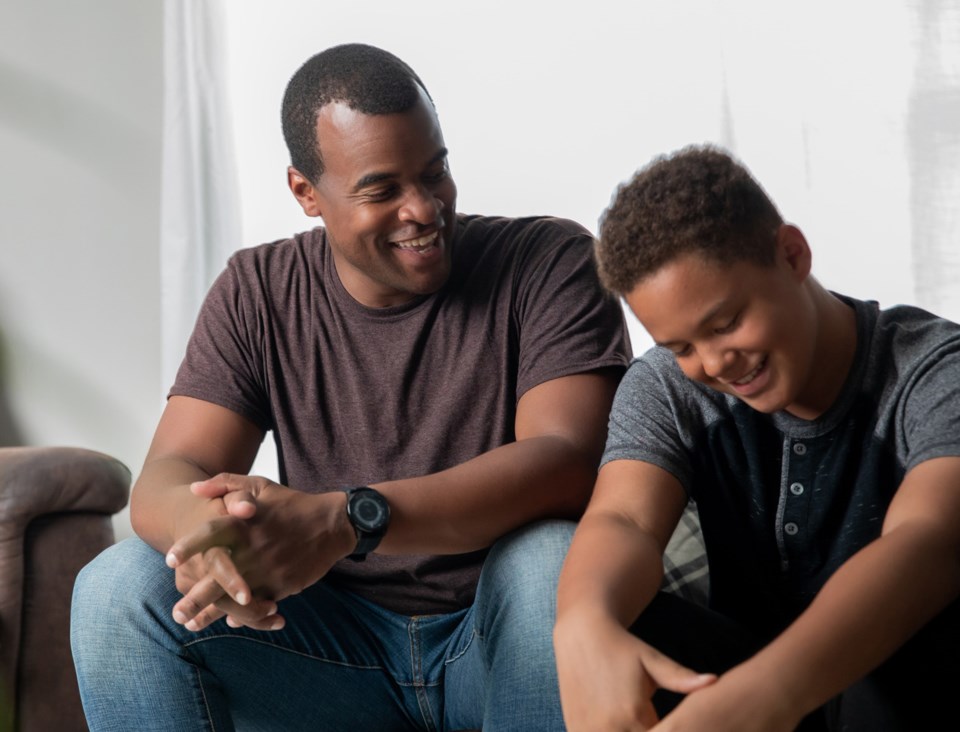The past couple articles have introduced the need for understanding explosive personalities and the support needed for those in relationships with such volatile people. This week, I’d like to introduce the suggestion of Collaborative Proactive Problem Solving for volatile children as outlined by Dr. Ross Greene in his book The Explosive Child. Dr. Greene suggests that being collaborative and proactive, rather than unilateral and reactive, is a much healthier and more effective way to get positive results with children who have coping and behaviour issues.
A place to start is for the parents to analyze their own perception, understanding and beliefs around when and why the child is explosive in the first place. What does the parent think is going on and what triggered the behaviour?
Parents need to be careful to be objective rather than only seeing the issue through their own lens of victimized thinking and resentment (having taken the behaviour personally). If we are to truly understand these kids, we need to resist statements like “They just want to …. (ruin my day, control me, be difficult, look for attention, cause problems…)”. Using the worksheets on www.cpsconnection.com/paperwork parents can identify the skills that are lacking in their explosive child. What expectations do they seem incapable of meeting, followed by identifying the ‘unsolved problems’ that are caused by the lacking (lagging) skills. Parents should pick only a couple problems to start with and then make a plan, ask questions and get collaborative with our kids.
There are three kinds of parenting, according to Dr. Greene. The first type (Plan A) involves the parent imposing their will on the child. They are authoritative and often use punishments and groundings to get the child to comply. Comments like “because I said so” often come out of a Plan A parent’s mouth, which is the kind of parenting that we probably had growing up. In an explosive child, Plan A parenting sets them up for a volatile situation. Nobody likes being told what to do and most of us will resist or react when we perceive that we are being nagged, badgered, punished or controlled. If the child doesn’t have the skills to deal with the demands and expectations placed on them, or the resulting punishment and consequences, a big reaction can be expected.
Type C parenting involves intentionally (temporarily or permanently) dropping expectations and rules around swearing, food choices, table manners, toothbrushing, getting to bed on time, getting to school on time, clothing choices, hygiene, body piercing, hair styles, screen use, etc. while focussing on finding solutions to the bigger problems in Type B.
Type B parenting is collaborative with the explosive resistant child. This can seem counterintuitive, especially if we are still trying to impose our will, but if the soul searching of our own true intentions brings us to a humble place of genuine desire to solve the problem (and let go of our own need to control), then this system may work.
There are three steps in Plan B.
Step 1: Empathy. From a genuinely caring place, we gather information about what the child perceives to be the problem so that we can truly understand what they think and feel without judgment, giving our opinion, defending, dismissal, or even the need to fix the problem. This is done with questioning until we feel we fully understand their perception. Use questions like “I’ve noticed… (state the problem). What’s up? What do you mean? Can you tell me more?”
Step 2: Defining the Problem. In this step the parent adds their concerns and perspective for consideration. “You are feeling … and my concern is….” And then explain the natural consequence of the problem if left unresolved.
Step 3: The Invitation. Brainstorm with your child to solve the problem collaboratively “How could we solve this problem of (their perceived problem) so that (your concern) doesn’t happen?” The key is to let them present contributing ideas and solutions, (which may take a lot of exploring and discussing) until there is a mutually satisfactory solution that addresses their concerns and also those of the parent.
As parents of explosive kids, if we stay calm (without reaction) and try to understand what is behind the behaviour, we can hopefully help our kids feel safe and heard. We then have a better chance of working with them to find solutions to their perceived problems. Space doesn’t allow me to go into more detail on this process, but I think these ideas hold a lot of promise for navigating to a more peaceful understanding relationship, especially with explosive reactionary children. Dr. Greene offers some mind broadening ideas to break out of the control struggles that often lead to volatile situations. Thanks to Bev McInnis for recommending this book to me.
Claire Nielsen is a health educator and owner of Aunty Claire’s Elixir for Life Ltd. Questions? [email protected]


